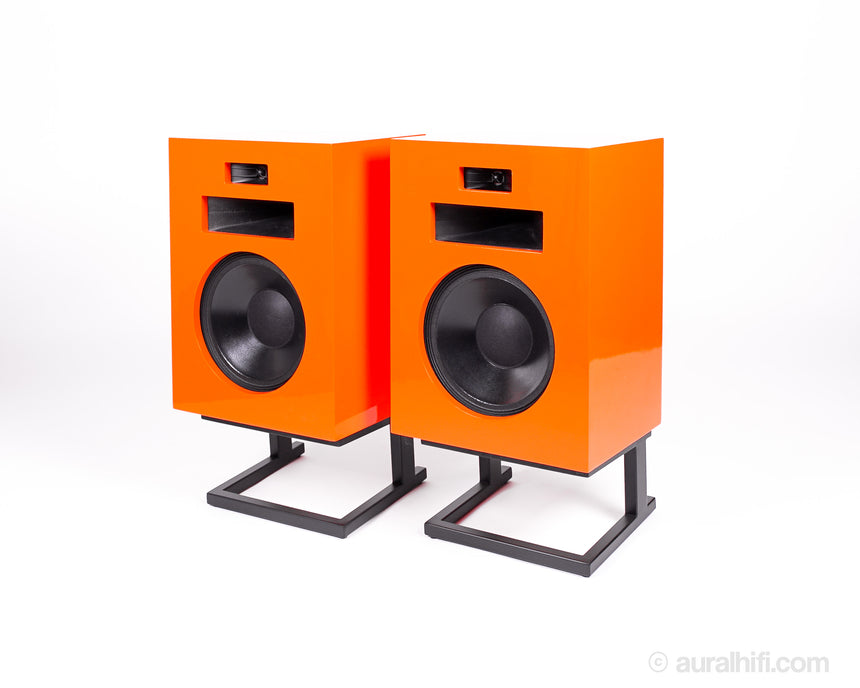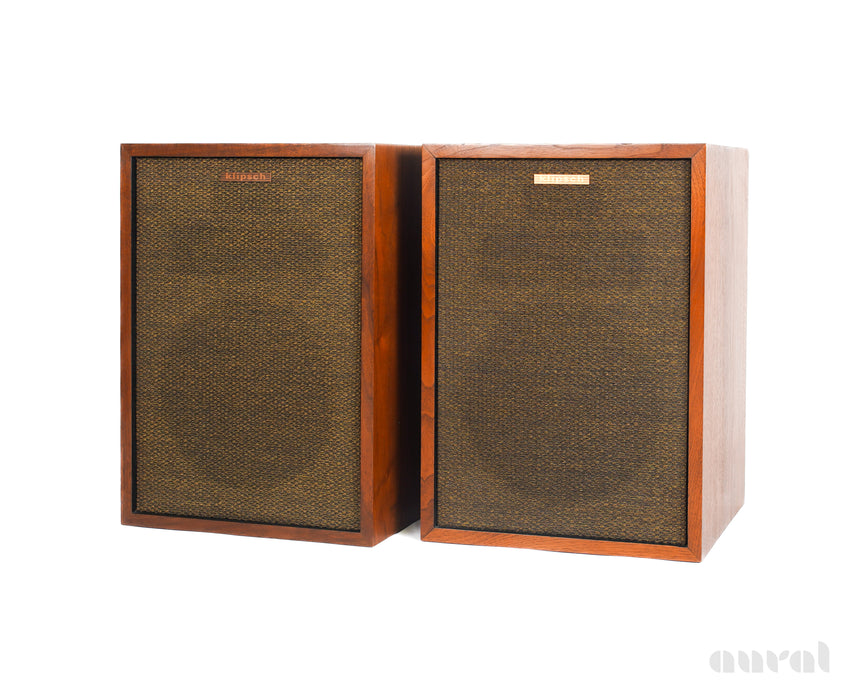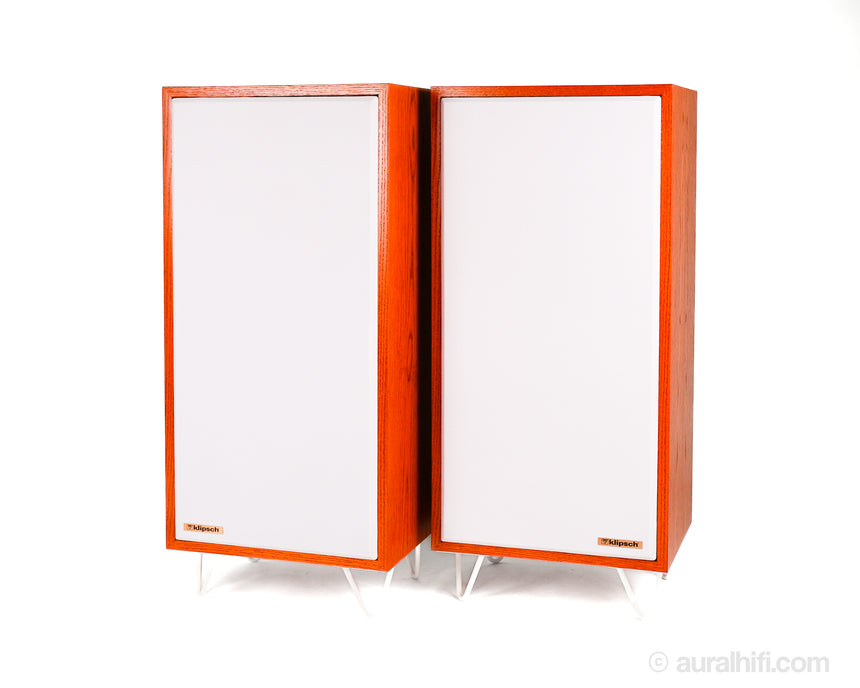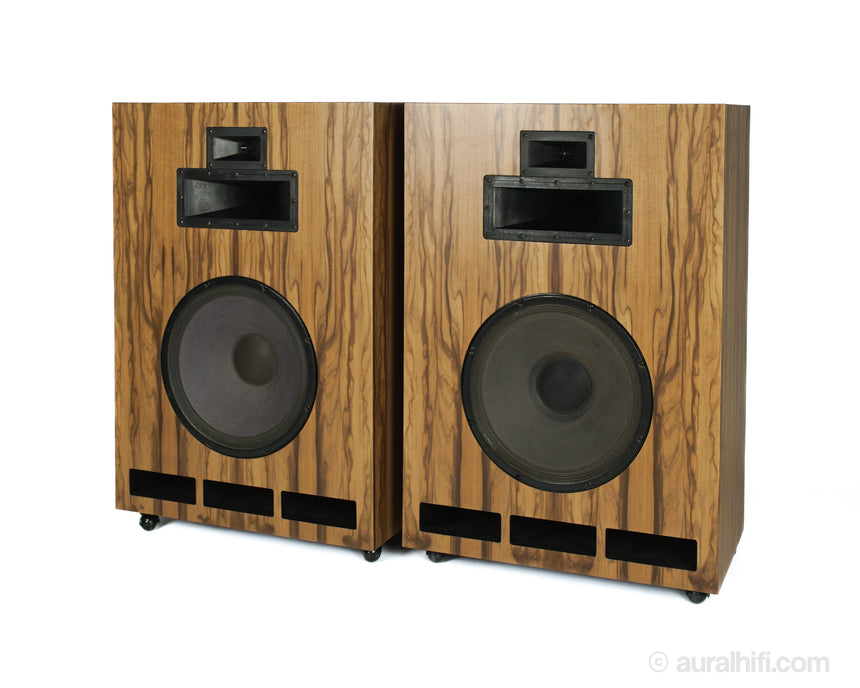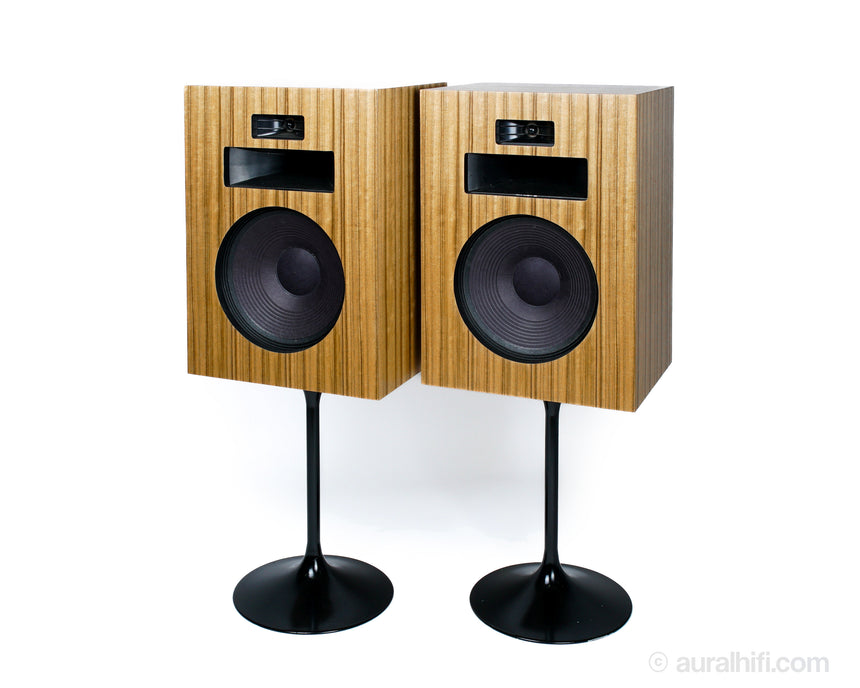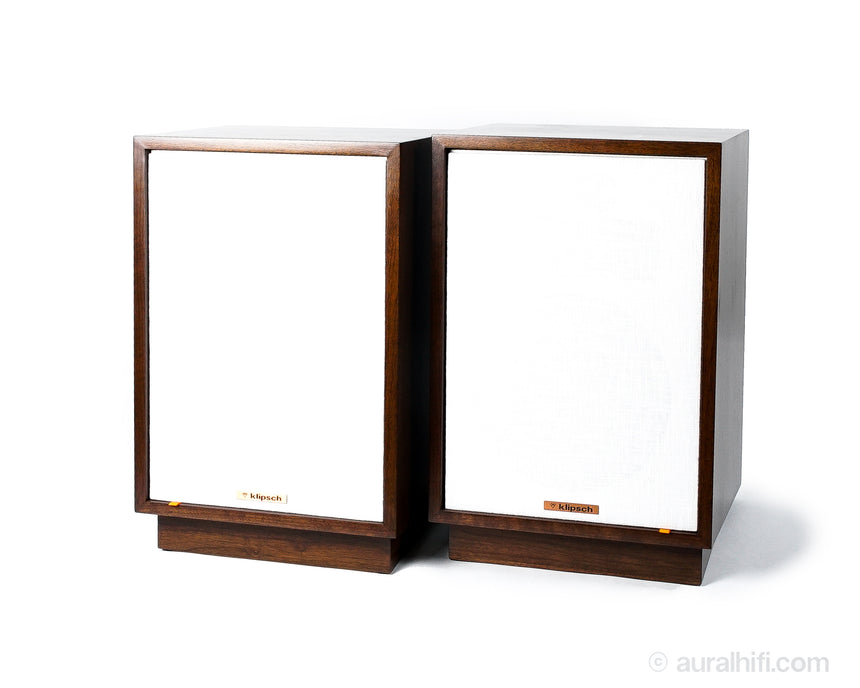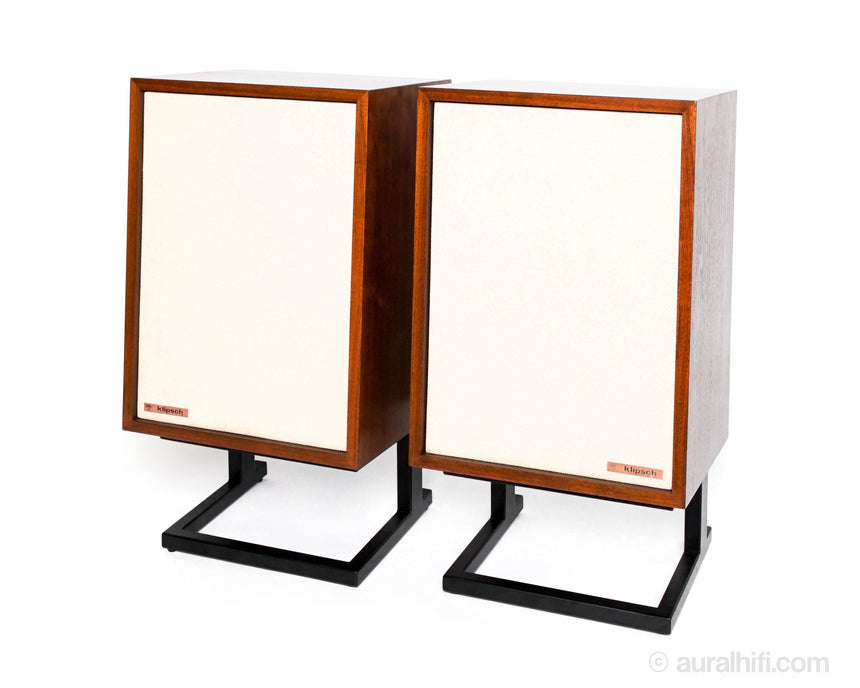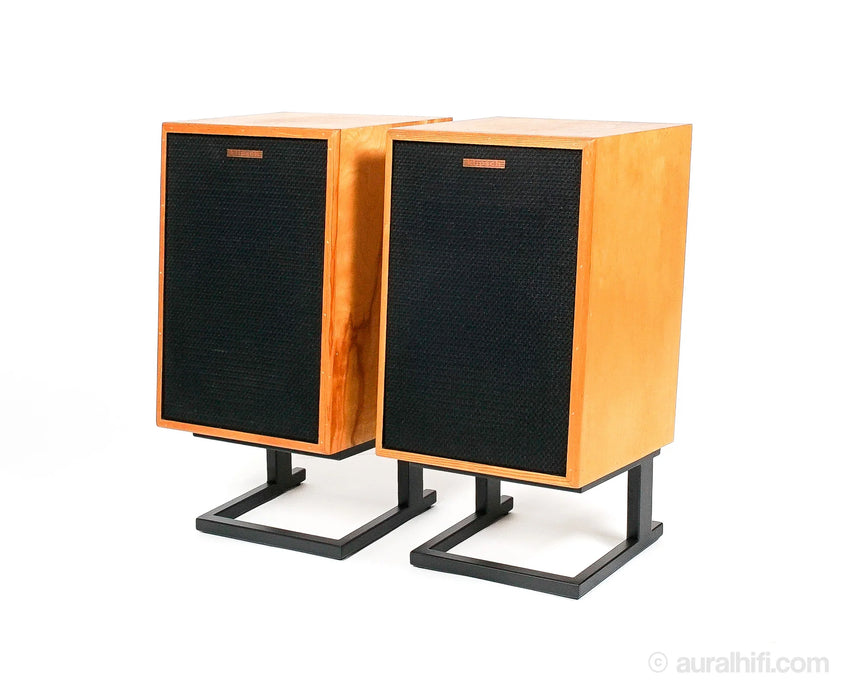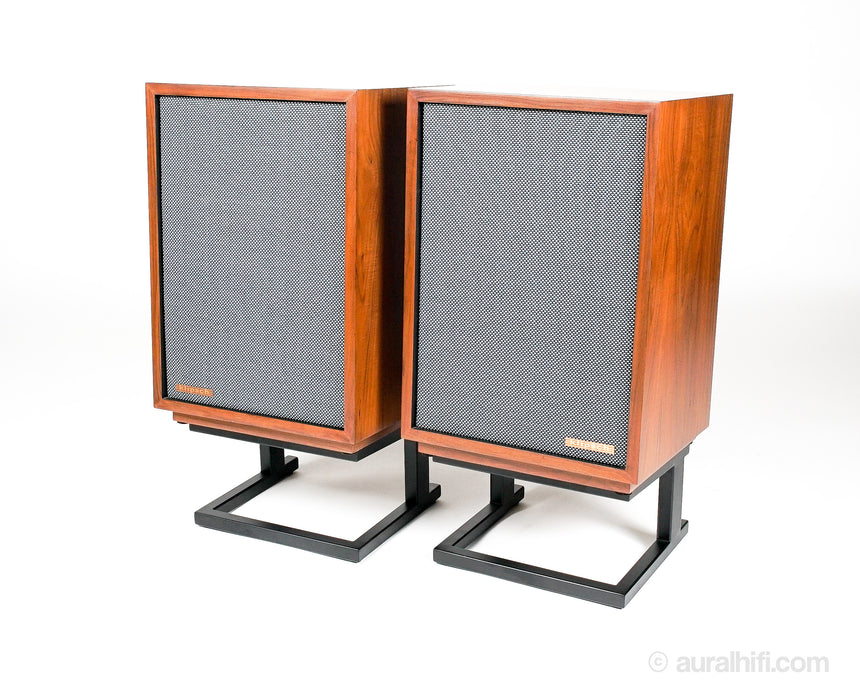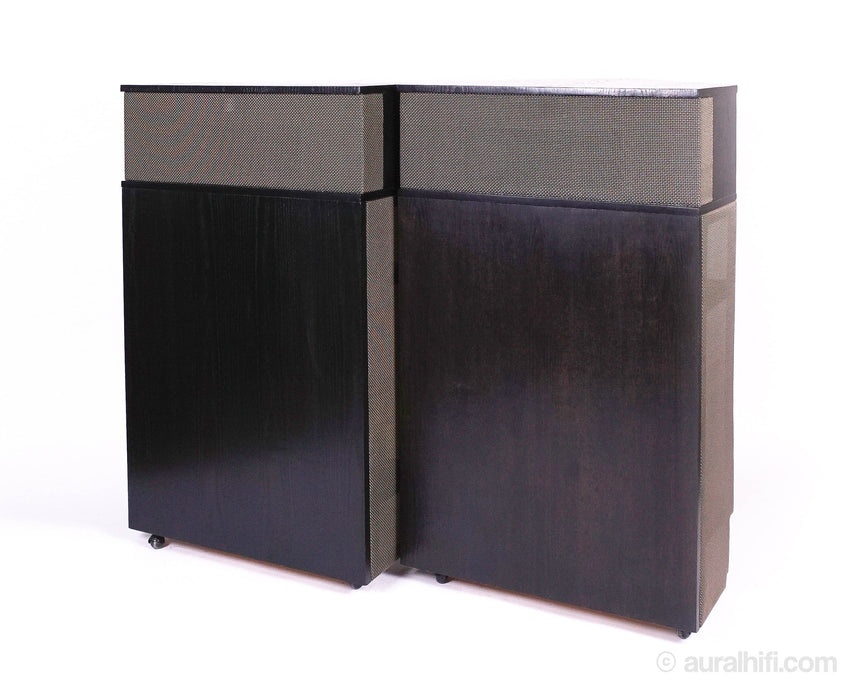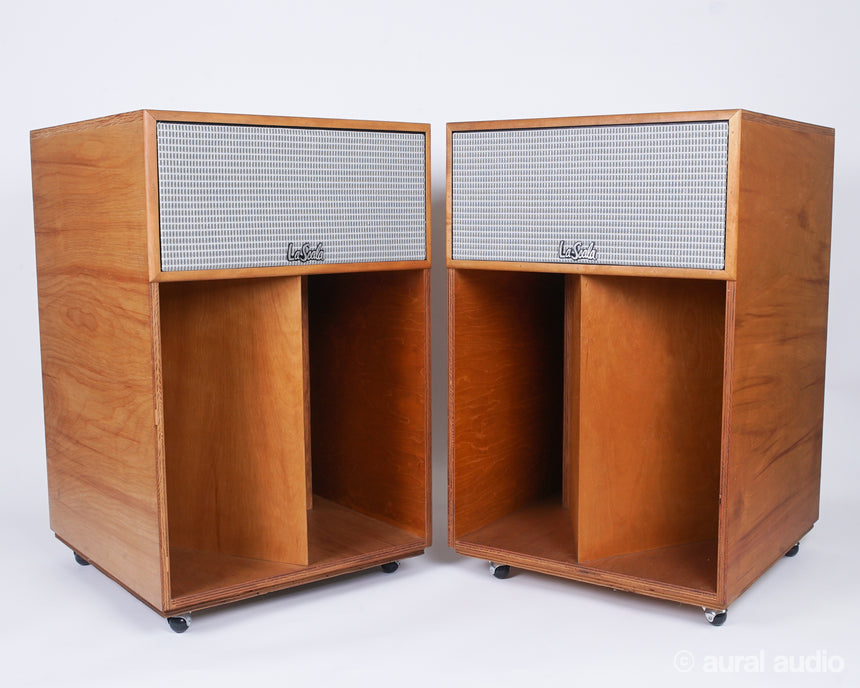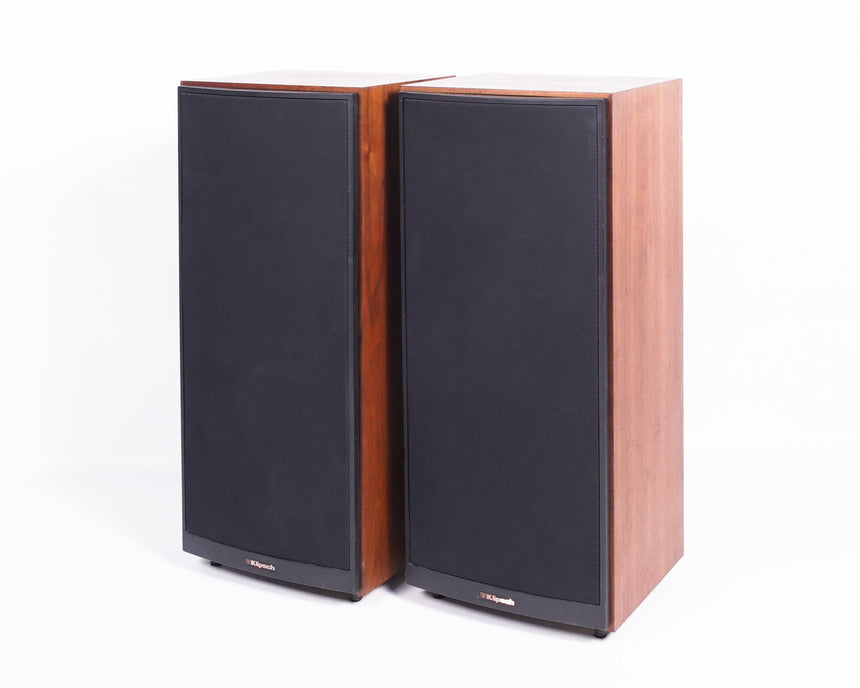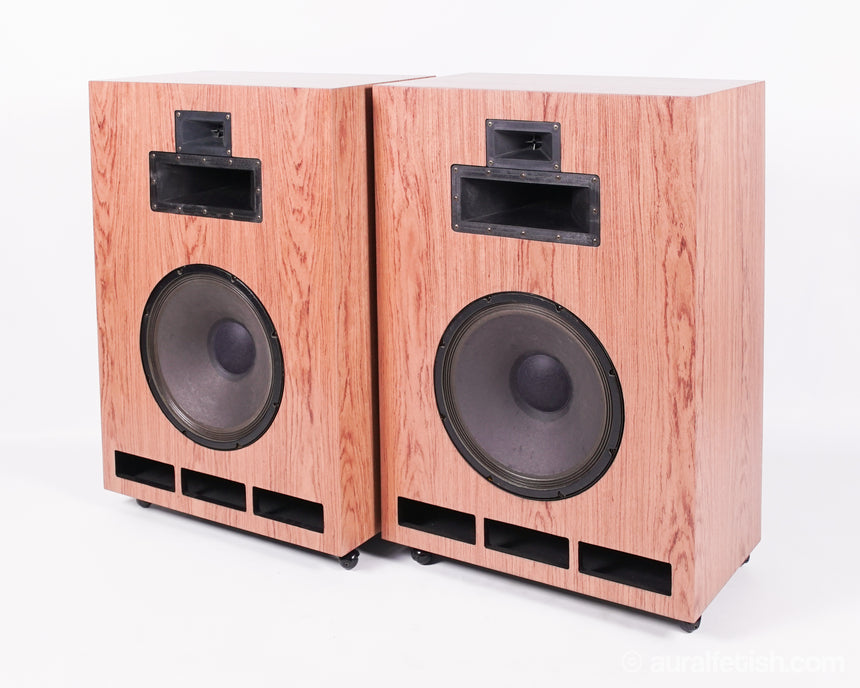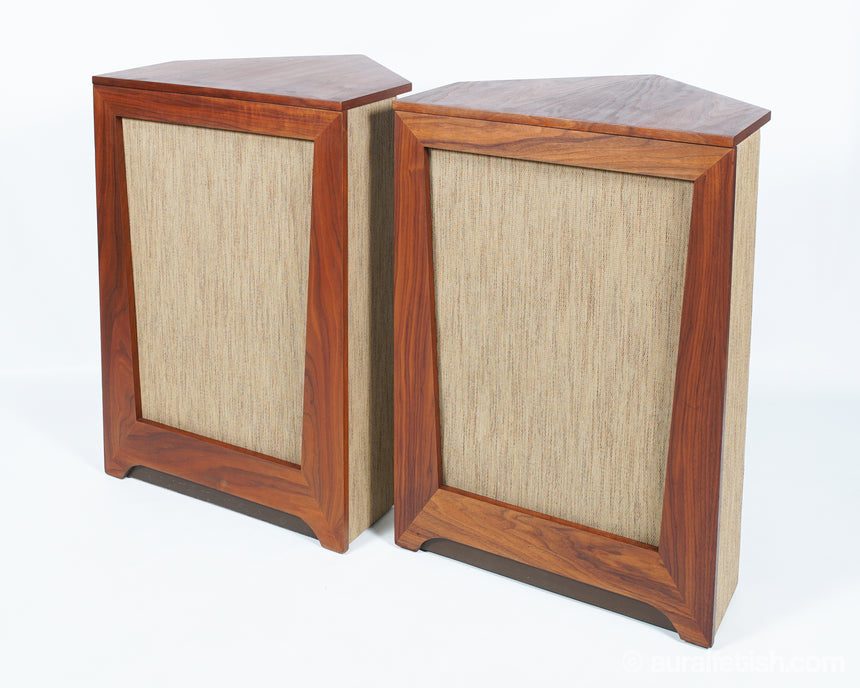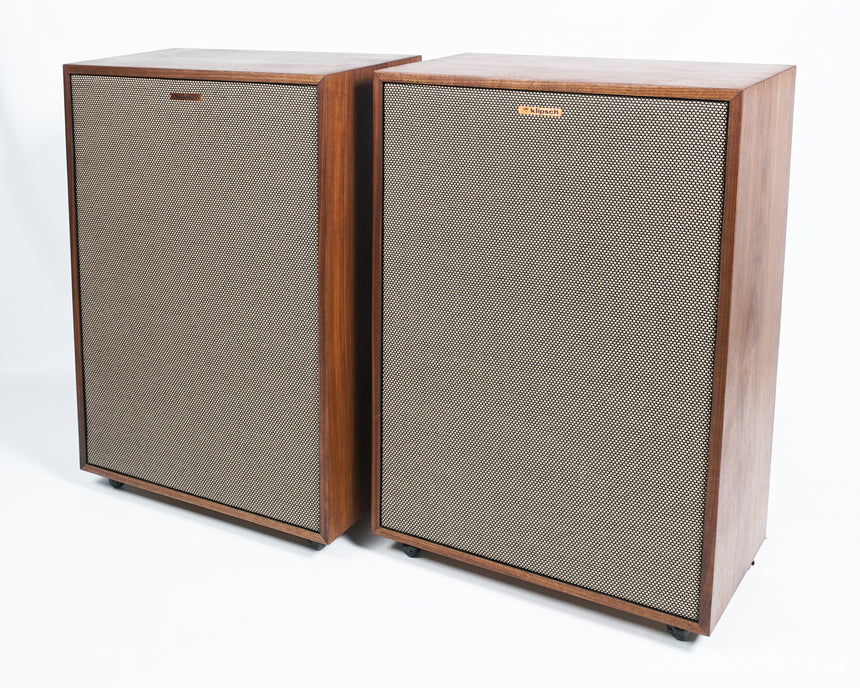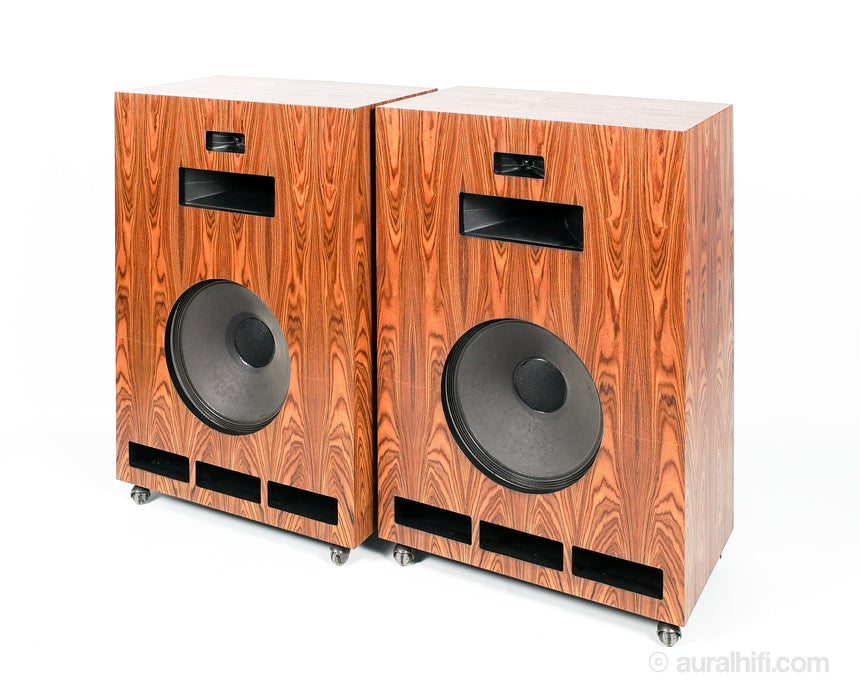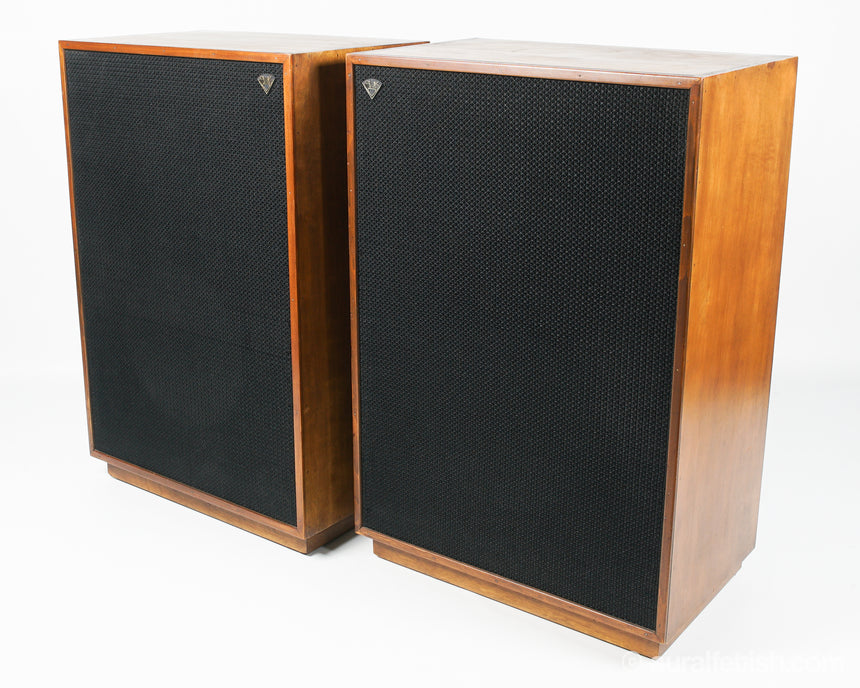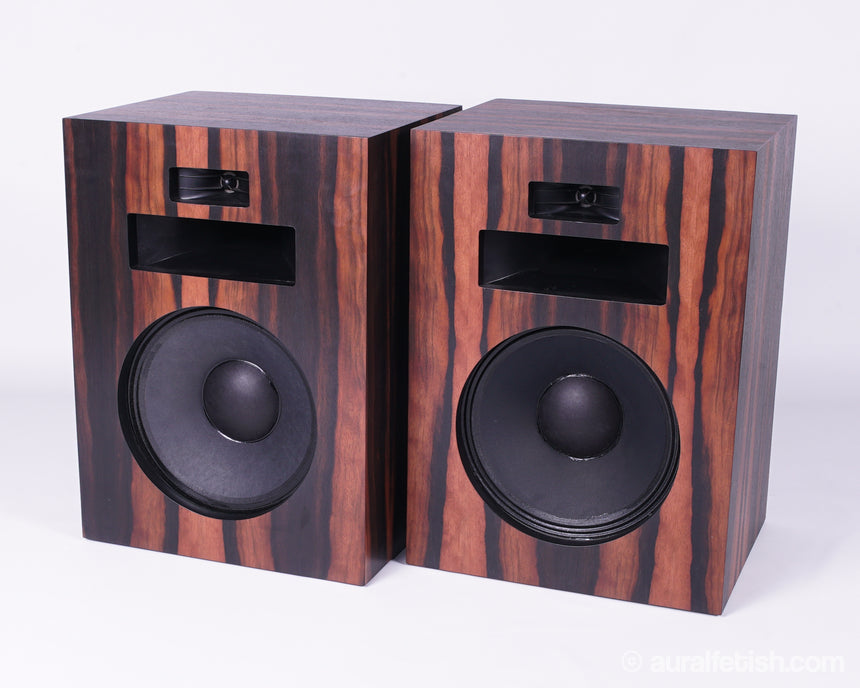THE HISTORY OF KLIPSCH

Klipsch Audio Technologies (also referred to as Klipsch Speakers or Klipsch Group, Inc.) is an American loudspeaker company based in Indianapolis, Indiana. Founded in Hope, Arkansas, in 1946 as ‘Klipsch and Associates’ by Paul W. Klipsch, the company produces loudspeaker drivers and enclosures, as well as complete loudspeakers for high end, high fidelity sound systems, public address applications, and personal computers.
The genesis of something, very very special occurred in a tiny tin shed in Hope, Arkansas in 1946 when Paul W. Klipsch, genius, madman and maverick, designed and hand-built the legendary Klipschorn speaker with the goal of bringing live music into his living room.
He was an American audio pioneer, a true eccentric and a proud member of the engineering and science hall of fame. He gave rise to speaker technologies that would forever impact generations of music lovers. His passion enabled theirs.
Dedicated to bringing the live music experience into people’s living rooms, Klipsch was among the first audio pioneers to apply scientific testing to the process of speaker building, proclaiming boldly that his “findings about this technology will be proven wrong when the laws of physics are proven wrong”. He famously wore a “bullshit button” under his lapel, that he would flip over whenever he smelled a red herring (something all too common in the audio industry). Legend has it he was once thrown out of church for flipping the button to the minister.
Over time, Klipsch speakers have become the stuff of legends. People swear by our breakthroughs in modern acoustics, citing something akin to a religious experience with every listen.
Since its inception, Klipsch has promoted the use of horn-loaded speakers as part of its goal to produce speakers which:
- Are high in efficiency (more formally called “sensitivity”), meaning that they can be driven by relatively low-powered amplifiers.
- Are low in modulation distortion, which Paul Klipsch believed was very important[3]
- Have a wide dynamic range, meaning that they accurately reproduce both soft and loud sounds.
- Exhibit controlled directivity, meaning that the radiation pattern is directional, rather than diffuse.
- Have a flat frequency response, meaning that there is no unnatural emphasis in the bass, mid-range or treble.
The company advocates the superiority of horns for the aforementioned properties, but historically horns have a reputation for a coloring of the sound sometimes described as “honkiness”. The exact causes of this coloration are still being researched, but one cause is vibration of the horn material itself. Early Klipsch designs utilized metal-throated horns whose material could be energized by the sound within, creating a “ring” or “buzz.” Klipsch subsequently introduced horns of braced fiberglass which were said to alleviate resonances that colored the earlier, metal designs. Other causes of “honkiness” are acoustic resonances and reflections when the horn shape causes poor transitions in the acoustic wave expanding from the horn driver. In addition to the direct acoustic effects, these resonances and reflections transform into peaks and dips in the electrical impedance, making problems for the passive crossover network. In 1989, Klipsch introduced a midrange horn with a tractrix flare which was said to reduce “honkiness” and create a more open sound quality, compared to earlier designs. Klipsch also moved away from silk diaphragms to different driver-diaphragm materials like phenolic, aluminum and titanium, to inject a purer sound into the horn in the first place. Midrange horns made entirely of formed wood were used into the 1950s.
Historically, Klipsch speakers were designed based on principles originating at Bell Labs in the 1930s. Objectives included wide soundstage and frequency range from about 30 Hz to 15 kHz, and the speakers were designed to be placed in a room with no single dimension a multiple of another. For competitors who disregarded this old research, Klipsch made a special “Bullshit” button, inspired by Paul Klipsch’s extensive usage of the word.
Use our Klipsch Serial Number Decoder tool to look up Klipsch serial numbers and learn date of manufacture. The serial number decoder has information about Klipsch products manufactured between 1961 and 2000. It can identify serial numbers older than 1961, but the production data is only contained in the physical logbooks, and you'll need to call Klipsch for more info.

